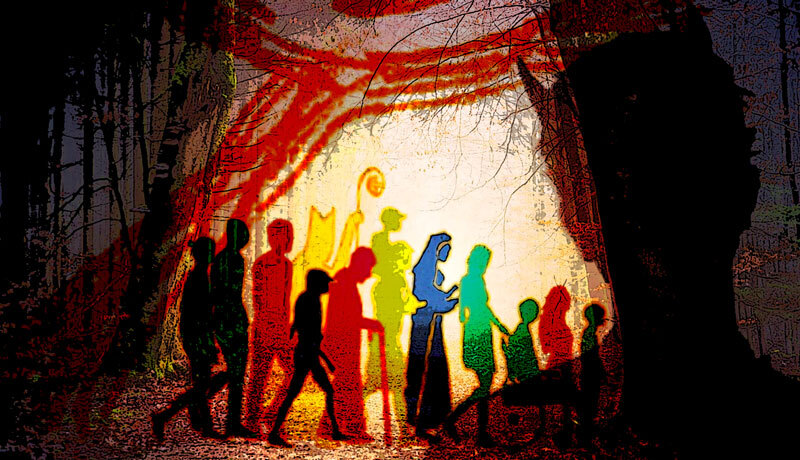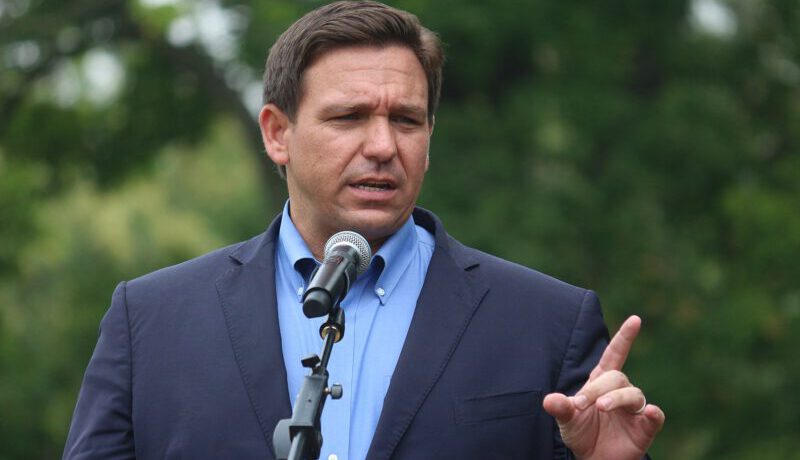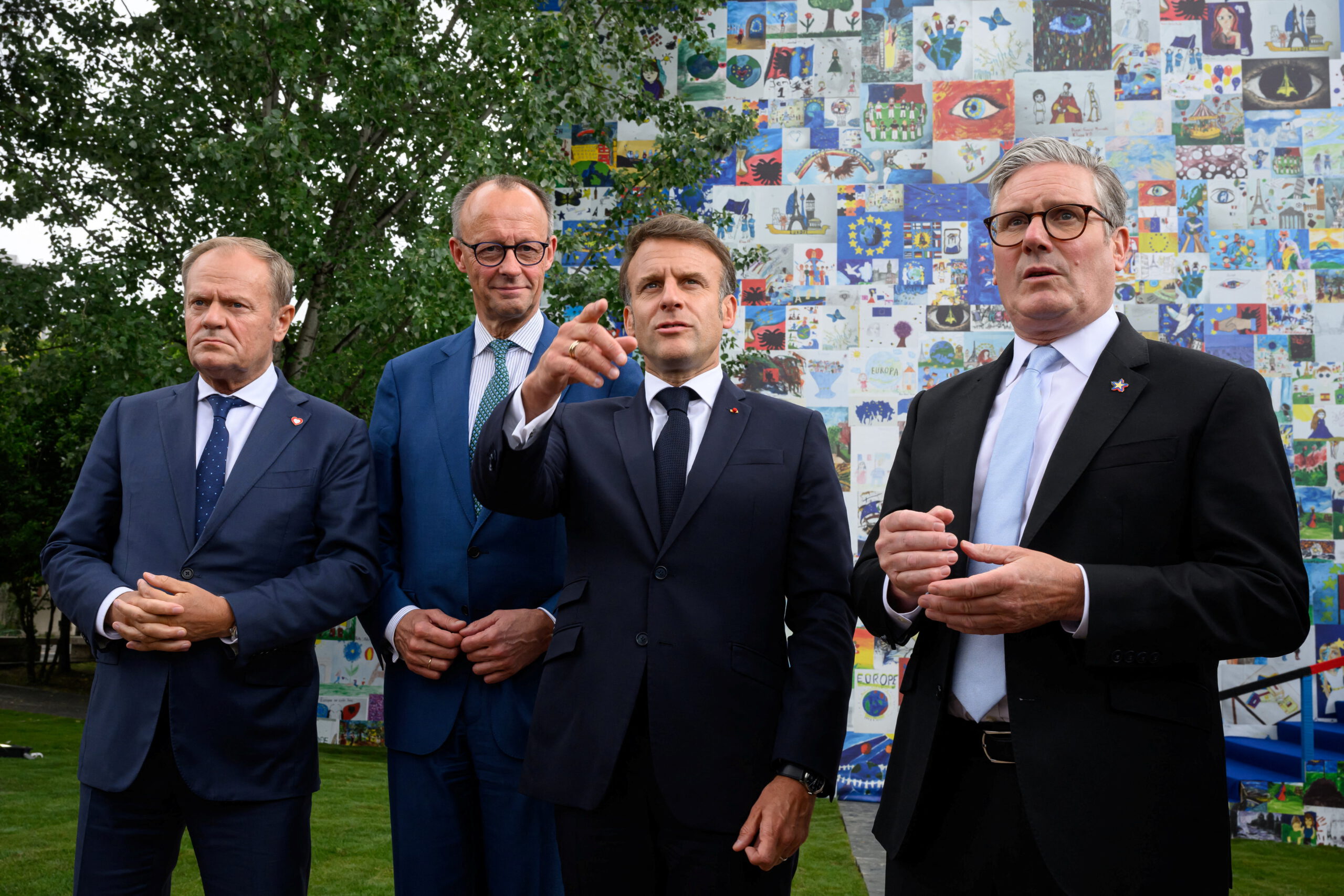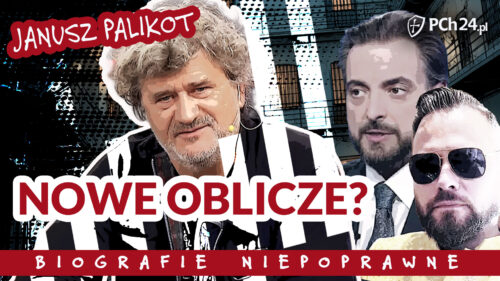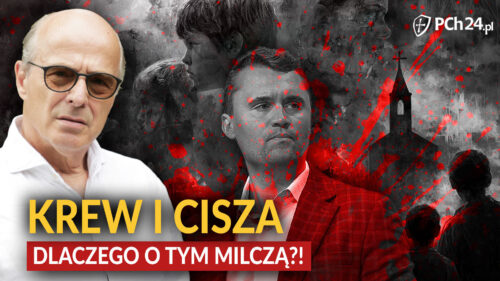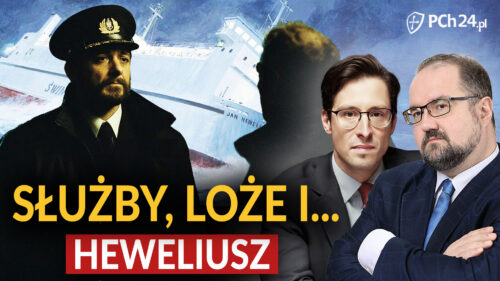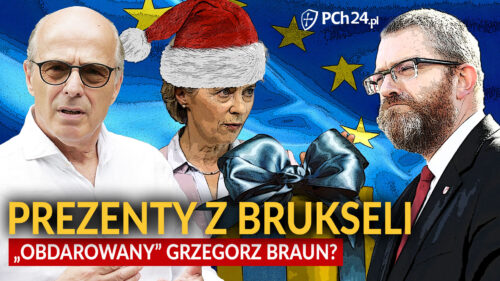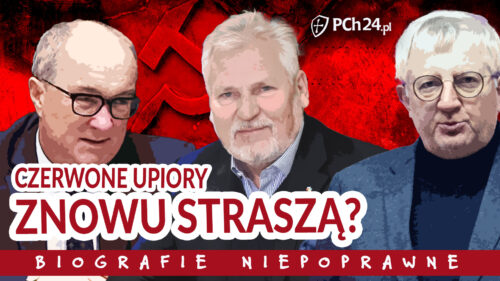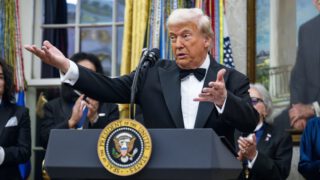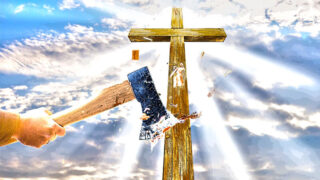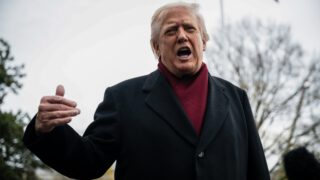If anyone still thinks that it is possible to just wait for the end of papacy of Francis and that with a new pope the matters of the Church will turn out well, I would inform them, No, this is definitely not going to be so. Pope Francis has initiated a process intended to effect a modernization deeper than that the one caused by the Second Vatican Council.
This is not only about pastoral responses to the changes in the world nor about external liturgical forms. The most fundamental issues at stake are understanding the sense and aim of the Church’s existence; reshaping the ministry of the bishops; changing priestly functions; a new role for women; and the presentation of moral doctrine. The changes which are on the table are not just cosmetic but comprehensive. In Poland we are still not aware of this process, but Francis has just issued a decision, which within a few years will result in a concrete reform, or what may be called, a revolution.
Doctrinal and moral diversity
In June 2021 when Francis declared that a global Synodal Process would soon begin, he clearly remarked that synodality was supposed to have no end. Certainly time-restricted consultations would take place on domestic (2021-22), continental (2022-23) and universal levels but this would be only a beginning, because synodality as “a constitutive dimension of the Church” is supposed to continue now forever. The synodal process was supposed to be not only a single event but rather an ongoing founding moment of “the renewed Church”. In one of his well-known speeches the pope said that we don’t need a “new” Church but a “different” one – yes, we do.
Wesprzyj nas już teraz!
So far, the synodal process has brought about only one change: based on liberal proposals concerning the attitude towards LGBT circles which were formulated during synodal discussions, Francis issued the doctrinal declaration Fiducia supplicans on same-sex blessings. This was controversial enough to cause an unprecedented crisis in which several dozen episcopal conferences around the world rejected the Vatican teaching. This was presented in the media as “a surprising reaction” that “astonished” Francis.
I think otherwise: Francis had predicted this reaction; the declaration was a “ram” which was supposed to make the whole world aware that the Catholic Church would never be the same again. This means that there would be no doctrinal and moral unity but locally conditioned diversity. Whatever we might think, that is what indeed has happened. Part of the Church blesses same-sex couples, part but not all of them continue to be a union. The crisis, although huge, was thwarted. Bishops, priests and the faithful got used to the new situation. The diversity of moral doctrine has become a fact. And this is just the beginning.
Quasi-Council
On February 14 the Holy See published a letter that the Holy Father had sent to Cdl. Mario Grech, the chief of the General Secretariat of the Council. In it the pope presented a concrete modus operandi to implement “permanent synodality.” He decided that at the Synod on Synodality so many issues had been mentioned that it would be impossible to “close” them within the predicted time-frame, that is to say until October this year when the second session of the Synod is to gather in Rome. This is why he ordered the establishment of a total of 10 specialist working groups. These groups are supposed to work out concrete solutions and present them by June 2025. It means that the synodal reform is going to be continued.
All of this with its extent resembles not a synod but simply a council – but without summoning all of the world’s bishops to Rome which in the face of such a huge number (almost 6,000) would be a difficult, not to say, risky task. We deal with quasi-conciliar actions here which include not so much bishops but simply different “experts”. It is Cdl. Grech himself who is going to take care of selecting people working in groups. The pope ordered that these are supposed to be both shepherds and experts in a particular subject. In practice it means working out ten “quasi-conciliar schemes” by synodal teams which will be then delivered to the pope’s desk.
In the said letter Francis didn’t explain what he intended to do with these “schemes.” Does he want, in spite of all the challenges, to call the Third Vatican Council? Or maybe with the cooperation of Cardinal Fernández he will restructure these schemes and then will publish them as obligatory Church documents? Or maybe he will summon another multi-level “synodal synod” which will discuss them? All of the above options are possible. At this moment it’s important to understand what the discussion is generally about.
Super-synodal-conciliar-groups. These are the topics
PCh24.pl has published the pope’s letter in full, including a detailed list of groups. I’m presenting this list here, briefly commenting on each point to elucidate what each discussion is to be about.
1. Some aspects of the relationship between the Eastern Catholic Churches and the Latin Church. (SR 6)
COMMENTARY: Detailed issues concerning legal and administrative relations; the matter became particularly vital because of the mass migration of people from the Middle East and Ukraine to western countries; it doesn’t seem to have particular significance for doctrine or morality except for the subject of celibacy. In some particular churches in the West, like the dioceses of Belgium but not only, the number of Eastern rite priests who live in matrimony is increasing so much that it is beginning to cause a certain problem because the priests of the Western rite are obliged to live in an unmarried state – despite both groups functioning de facto in almost the same social conditions.
2. Listening to the Cry of the Poor. (SR 4 and 16)
COMMENTARY: Paying more attention to the poor does not raise controversies and it seems desirable. However, What is problematic, however, is the reference to paragraph 16 of the final document of the first synodal session. This paragraph does not speak so much about the “poor” but rather about the “excluded” and the document also includes people living in irregular marital situations or homo- or transsexual people. Listening to the cry of the “poor” understood this way might mean further degradation of the clarity of Church doctrinal teaching.
3. The mission in the digital environment. (SR 17)
COMMENTARY: The final synodal document does not propose any particular action here. It might be expected that the working group will work out a scheme in this area which will somewhat resemble the decree of the Second Vatican Council “on the media of social communications” Inter Mirifica, which in hindsight was meaningless and very quickly became outdated.
4. The revision of the Ratio Fundamentalis Institutionis Sacerdotalis in a missionary synodal perspective. (SR 11)
COMMENTARY: Ratio Fundamentalis is a document containing principles of priestly formation in the Church. The potential changes here might be huge. In this area the synodal document proposes countering the so-called “formalism”, “ideology”, “clericalism” and “authoritarian attitudes”. That is supposed to be carried out in the form of working out formation principles “in the synodal spirit.” The document in Paragraph 11 explicitly mentioned celibacy, which in some opinions, could be made non-obligatory depending on “the cultural context.” As for the issue of priestly formation there is a continued discussion on homosexuality.
The current Church regulations forbid to admit to holy orders candidates with homosexual tendencies, but in many countries it is completely ignored, thus a possible resignation from these restrictions. Finally, Paragraph 11 mentions also the diaconate which could be “excluded” from the three-level ministerial orders structure and recognized as a kind of ministry which is “on its own”.
5. Some theological and canonical matters regarding specific ministerial forms. (SR 8 and 9)
COMMENTARY: Paragraph 8 of the final document of the 1st synodal session is about establishing different ministries in the Church, depending on local needs; there is also a suggestion to think over the relation between the official priesthood and universal priesthood. It would then mean admitting lay people to completely new tasks and ministries in the Church, so they could effectively fulfil many roles which have been reserved to priests so far. On the other hand, Paragraph 9 is about the role of women in the Church and especially about admitting women to the diaconate. Fr. Piero Coda of the International Teological Comission confirmed in a conversation with journalists that the working group acting in this area would be dealing also with the topic of a female diaconate.
6. The revision, in a synodal missionary perspective, of the documents touching on the relationship between Bishops, consecrated life, and ecclesial associations. (SR 10)
COMMENTARY: The synodal document in paragraph “10” is about “promoting communion” among bishops, religious orders, etc., so in practice, it could mean establishing new collective bodies which would force the coordination of certain actions on a local level by all the ecclesiastical entities acting in the area of a particular diocese. This would mean stronger connection between the bishop’s work and the work of particular orders.
7. Some aspects of the person and ministry of the Bishop (criteria for selecting candidates to Episcopacy, judicial function of the Bishops, nature and course of ad limina Apostolorum visits) from a missionary synodal perspective. (SR 12 and 13)
COMMENTARY: Paragraph 13 of the Synodal document includes the necessity of “refocus[ing] on elements that are essential to the mission of the bishop” who nowadays might be overburdened. This would mean, then, a bigger inclusion of “non-bishop members” in administrating the diocese. The proposals also include regular vetting of the work of the bishops. As for the standards concerning the election of candidates, the Synodal Document proposes “balancing the authority of the Apostolic Nuncio” with the authority of the Episcopate and being more attentive to “listening to the voices” of the people of God, so that the choice of a local bishop is more dependent on their domestic and local environment. As for the reform of the visits ad limina Apostolorum the Synodal Document doesn’t say anything except for a general suggestion that such visits should be “more synodal”.
8. The role of Papal Representatives in a missionary synodal perspective. (SR 13)
COMMENTARY: The Synodal Document proposes introducing “forms of evaluation of the work of the Pontifical Representatives by the local churches”. In other words, the local church would have more to say about the person of the Apostolic nuncio. Probably it would be expressed in a legal form.
9. Theological criteria and synodal methodologies for shared discernment of controversial doctrinal, pastoral, and ethical issues. (SR 15)
COMMENTARY: The Synodal Document indicates that it is firstly about issues concerning sexuality, gender identity, difficult marital situations and so on. The Document doesn’t say precisely what “shared discernment” exactly means but Fiducia Supplicans could be a model: it is about leaving more freedom to the local churches or even particular churches (dioceses) in terms of moral doctrine, so that different solutions could be permissible or non-permissible, depending on the cultural context. In practice, that would mean, for example, an official diversification of the attitude towards such topics as LGBT, divorce or contraception, which as a matter of fact, is already largely happening.
10. The reception of the fruits of the ecumenical journey in ecclesial practices. (SR 7)
COMMENTARY: The Synodal Document says that Christians of different denominations are united by “one Lord, one faith, one baptism, one God”. A huge emphasis is put on baptismal identity and service to the poor. Furthermore, it is about rethinking the relation between primacy and synodality. It seems that based on the doctrinal diversity implemented in the Church, the Holy See might as well send an invitation to various non-Catholic communities to join the Catholic Church in its synodal version, that is to say the “unity in diversity” based on the complete retainment of many differences with accepting a few boundary points: baptism, an option for the poor, faith in God, a general honorary recognition of the pope’s primacy.
The document also proposes a conversation about the so-called “Eucharistic hospitality” or de facto admission to the Holy Communion of non-Catholics, which in many places around the world is already happening and what could be a visible summing up of the “unity in diversity”. The year 2025 is supposed to be crucial : the date of Easter is the same for all Christians and it is the 1700th anniversary of the First Council of Nicaea. Consequential decisions should be expected exactly at that time.
A time of great changes. Where are we?
As the reader can see, the action program is unusually wide-reaching. We don’t talk here about the particularistic German Synodal Path or about local solutions implemented by the Belgians or the Swiss. We mean 10 formal commissions appointed by the pope himself. It would be then not so much naïve but simply a lack of logic to assume that Francis appoints them just that they could “talk” and that the thing could end in nothing. No, it’s obviously otherwise. The pope wants concrete changes – and this is why he ordered the summoning of these commissions.
They were created by Cdl. Mario Grech, who has been leading the Synod on Synodality in a radically progressive direction. This is why the commissions, as can be assumed, will be followin the suit. The changes that they will propose are rather predictable – in the end they will largely agree with that what the German Synodal Path proposed from 2019-2023; the same Synodal Path, which is highly esteemed by such people as Cdl. Jean-Claude Hollerich, the ralator general for the Synod on Synodality, or Cdl. Robert McElroy, one of Francis’ favourite American cardinals, invited by him to the Synod.
Altogether we should then expect a Church reform on a much bigger scale than that brought about by the Second Vatican Council. A lot will happen. It would be good if, in Poland, we stopped focusing on marginal personal debates and instead started working on our own position on these questions which are subject to discussion in the universal Church. The future of Catholicism in Poland – and in the world – depends on it.
Paweł Chmielewski
Transl. Jan J. Franczak

